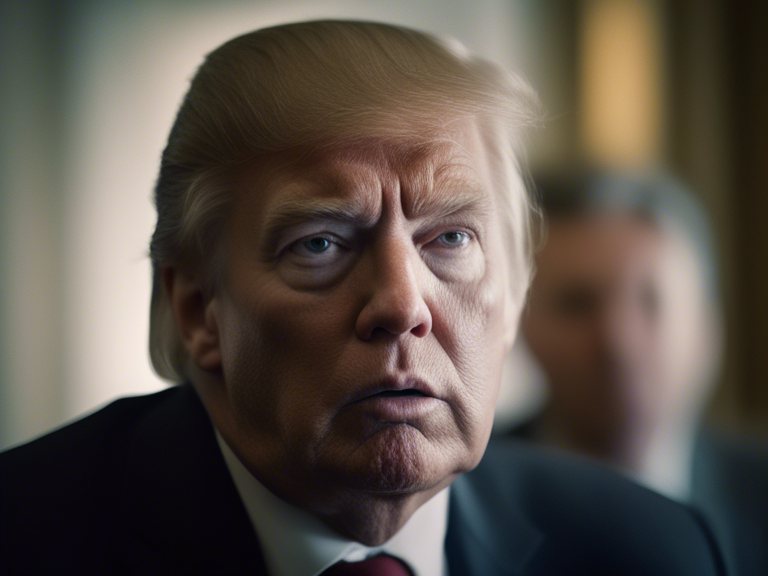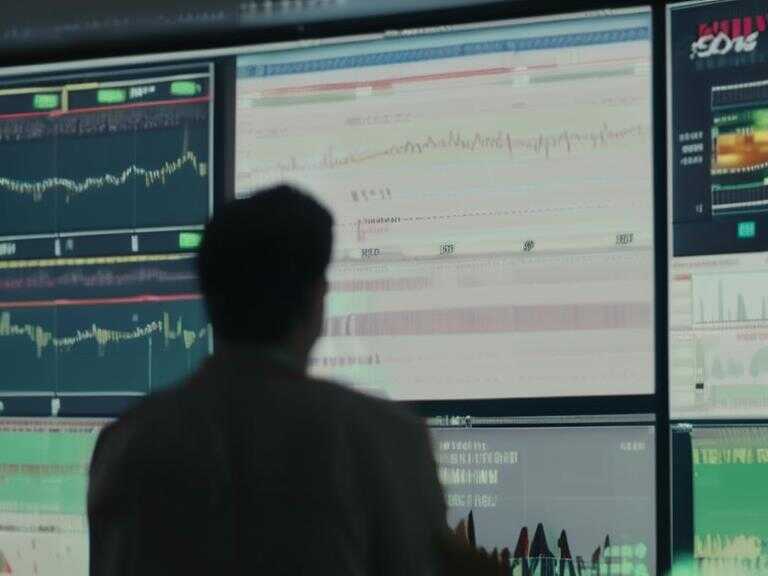
US Economy Loses Steam as Tariffs and Inflation Bite
Economic growth is slowing due to tariffs, rising prices, and moderating consumer demand, increasing the risk of a recession.

The global economic landscape is facing mounting headwinds, with a confluence of factors contributing to a slowdown in growth. Rising inflation risks, coupled with uncertainties surrounding trade policy changes, are casting a shadow over the near-term outlook.
Recent economic data points towards a softening trend. The May jobs report revealed a total employment change of 44,000, indicating a deceleration in job creation. Furthermore, the Federal Reserve's Beige Book and the Institute for Supply Management's (ISM) purchasing managers' indexes for both services and manufacturing sectors suggest a weakening underbelly of the American economy.
Inflationary Pressures
The consumer price index (CPI), set to be released on Wednesday, is expected to provide further evidence of inflationary pressures. While the headline CPI may benefit from falling gasoline prices, the core rate of inflation, which excludes volatile food and energy prices, is projected to increase by 0.3% or close to it. This surge in core inflation can be attributed to pricing pressure from the goods sector, particularly excluding new and used autos.
Impact of Trade Policy Changes
The adverse impact of trade policy changes, as anticipated by economists, is gradually becoming more evident in the data. Although the effect was subtle in the May data, it is expected to intensify starting in June through September. The uncertainty surrounding global trade flows and tariffs is creating headwinds for businesses, leading to a slowdown in investment and economic activity.
Against this backdrop of moderating growth and persistent inflation risks, the Federal Reserve is likely to remain cautious in its monetary policy stance. Market participants have reduced expectations of rate cuts through the end of the year, reflecting the central bank's commitment to maintaining price stability. The probability of a rate cut in September, October, and December has decreased, indicating that the Fed is prioritizing inflation control over stimulating economic growth.
The current economic climate underscores the need for policymakers to carefully navigate the challenges posed by the and rising inflation risks. Striking a balance between supporting economic activity and keeping inflation in check will be crucial for sustaining long-term growth and stability.
Share news















